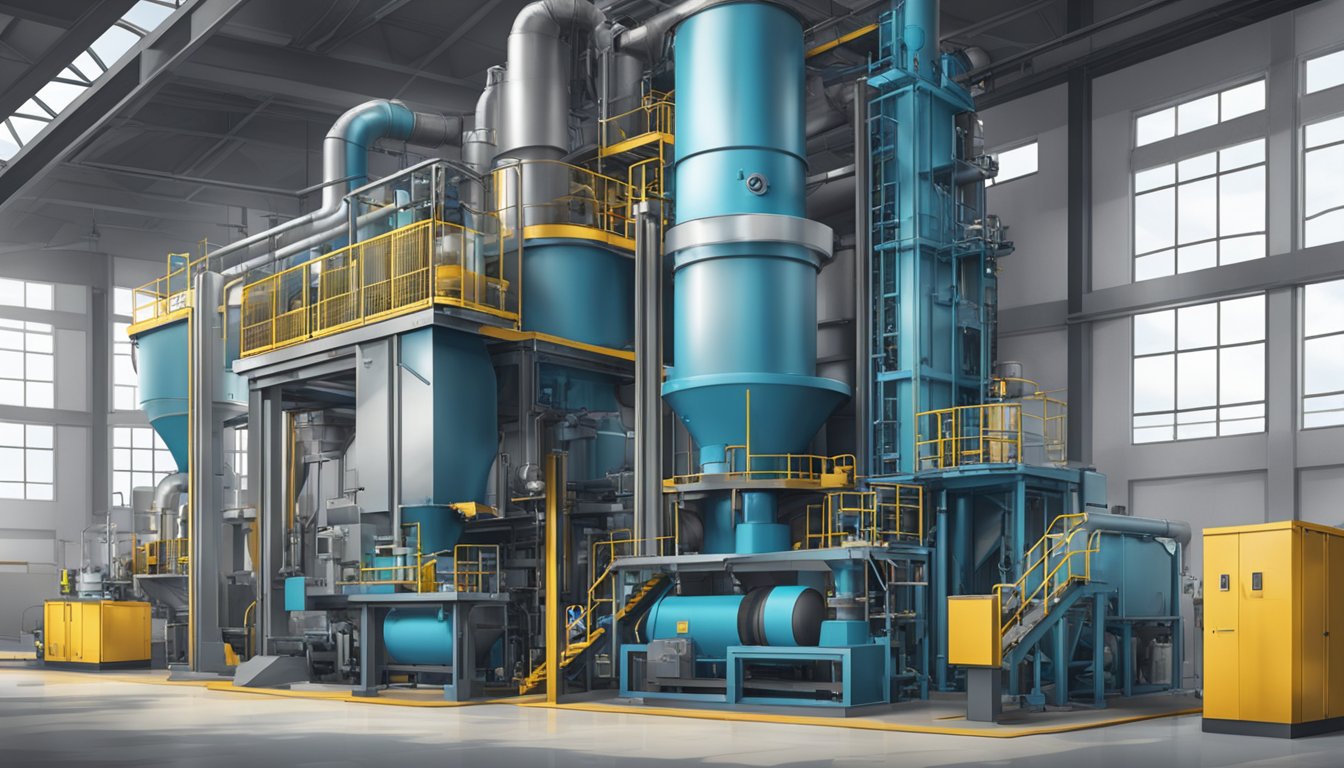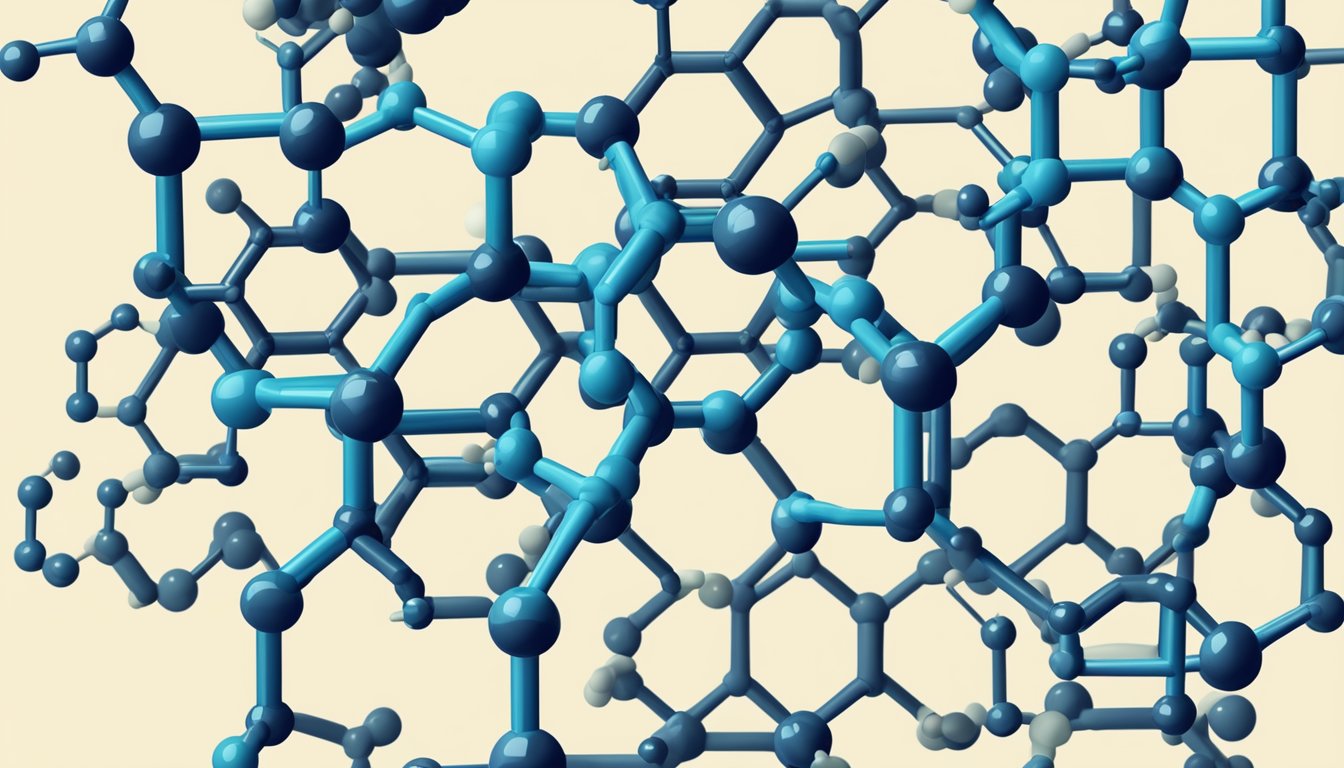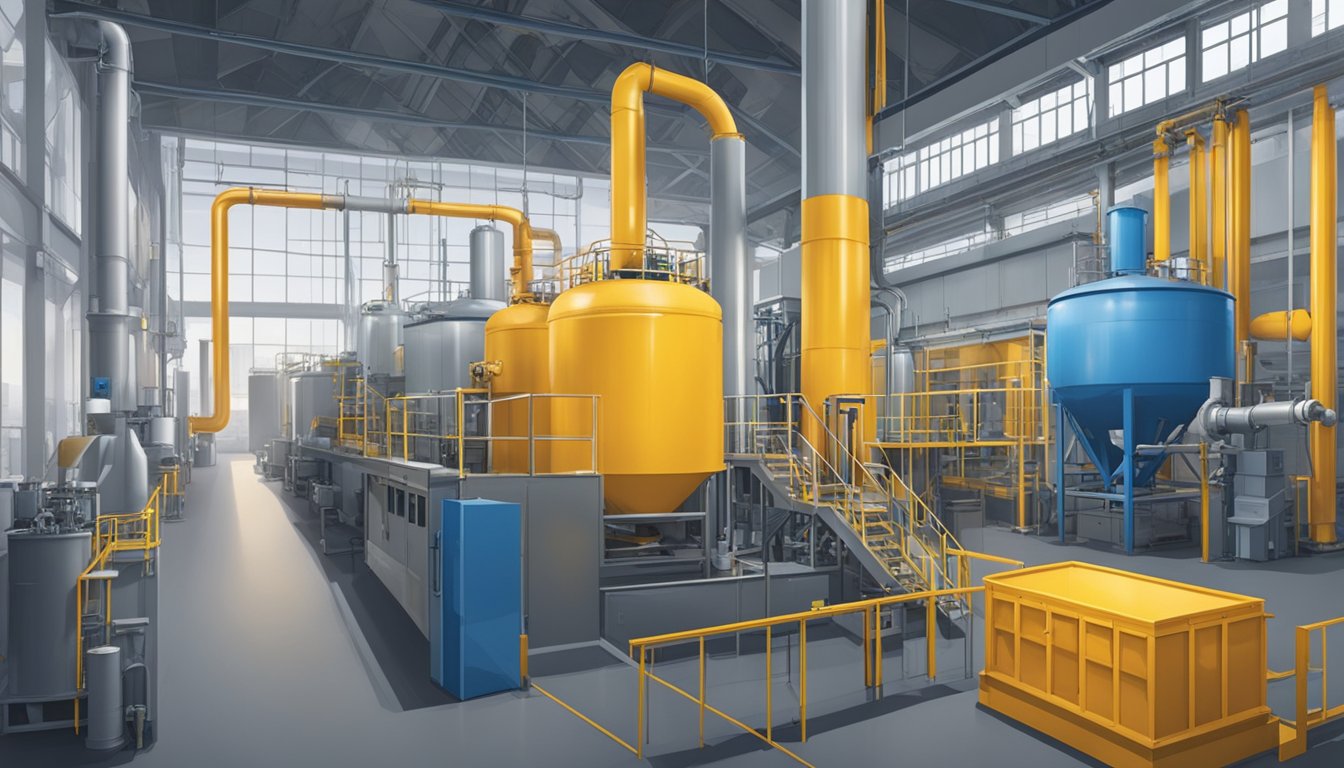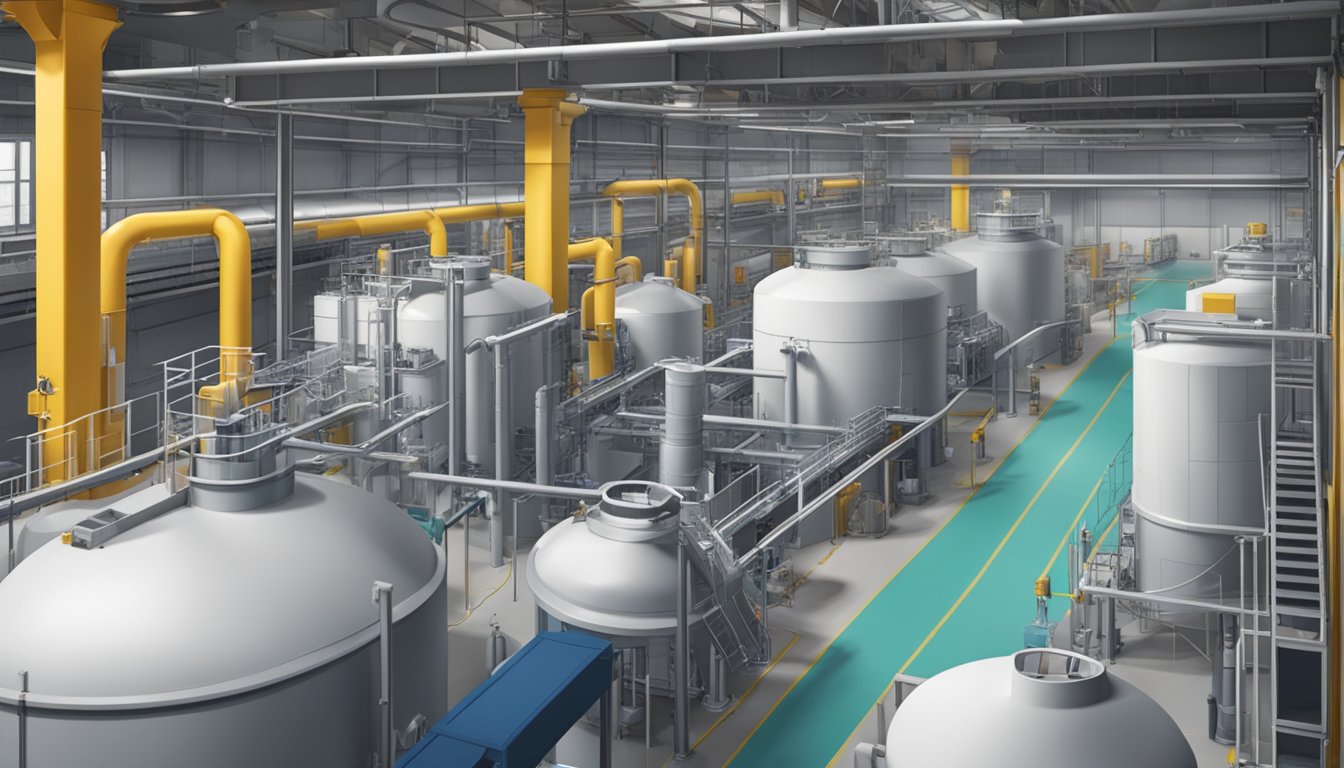Carboxylated Styrene Butadiene Rubber: Properties and Applications
20/01/2024
Carboxylated styrene butadiene rubber, also known as XSBR, is a copolymer of butadiene, styrene, and a small amount of acrylic acid. This type of rubber is known for its superior physical and mechanical properties over non-carboxylated counterparts. It is commonly used in a variety of applications, including the automotive industry, construction, and footwear.

One of the main advantages of carboxylated styrene butadiene rubber is its excellent cohesional strength, which allows for improved bonding with other materials. This makes it a popular choice for use in adhesives, sealants, and coatings. Additionally, XSBR has good physical and chemical stability, making it suitable for use in harsh environments.
Another emerging application of carboxylated styrene butadiene rubber is in asphalt modification. XSBR can be used to enhance the performance of pavement in cold regions, making it a promising material for use in road construction. With its superior properties and versatility, carboxylated styrene butadiene rubber is a valuable material in a wide range of industries.
Chemical Structure

Carboxylated styrene butadiene rubber (XSBR) is a synthetic rubber that is produced by the copolymerization of butadiene and styrene. The carboxyl groups are incorporated into the polymer backbone by the reaction of maleic anhydride with the unsaturated sites in the butadiene and styrene monomers. The carboxyl groups in XSBR impart polar functionality to the polymer, which makes it more compatible with polar materials like cellulose nanocrystals (CNs) and multiwall carbon nanotubes (MWCNTs) [1, 3].
XSBR typically contains 20-30% styrene and 70-80% butadiene by weight, and the carboxyl content can range from 1% to 10% by weight. The presence of carboxyl groups in the polymer chain affects the physical and chemical properties of XSBR. For example, XSBR with a higher carboxyl content has a higher glass transition temperature (Tg) and a lower molecular weight than XSBR with a lower carboxyl content. The carboxyl groups also increase the polarity of the polymer, which can affect its solubility, adhesion, and compatibility with other materials [1, 2].
The chemical structure of XSBR can be characterized using various analytical techniques, such as Fourier transform infrared spectroscopy (FTIR), nuclear magnetic resonance (NMR) spectroscopy, and gel permeation chromatography (GPC). FTIR can be used to identify the presence of carboxyl groups in the polymer chain, while NMR can be used to determine the composition and structure of the copolymer. GPC can be used to measure the molecular weight and polydispersity of the polymer [1, 3].
Overall, the chemical structure of XSBR is characterized by the copolymerization of butadiene and styrene, with the incorporation of carboxyl groups into the polymer backbone. The presence of carboxyl groups affects the physical and chemical properties of XSBR, and can be characterized using various analytical techniques.
[1] Alimardani, M., & Abbassi-Sourki, F. (2015). New and emerging applications of carboxylated styrene butadiene rubber latex in polymer composites and blends: review from structure to future prospective. Journal of Composite Materials, 49(11), 1297-1313. https://doi.org/10.1177/0021998314533363
[2] Liu, Y., & Li, L. (2013). Preparation and properties of carboxylated styrene-butadiene rubber (XSBR)/cellulose nanocrystals (CNs) latex composites. Carbohydrate Polymers, 94(1), 26-34. https://doi.org/10.1016/j.carbpol.2013.01.021
[3] Liu, Y., Li, L., & Zhang, L. (2012). Preparation and characterization of carboxylated styrene butadiene rubber (XSBR)/multiwall carbon nanotubes (MWCNTs) nanocomposites prepared in the latex form by means of a ball mill. Journal of Applied Polymer Science, 124(6), 4796-4802. https://doi.org/10.1002/app.35232
Production Process

Raw Materials
Carboxylated styrene butadiene rubber (XSBR) is produced by copolymerizing butadiene and styrene monomers in the presence of a carboxyl group-containing monomer, such as acrylic acid or methacrylic acid. The carboxyl group provides a site for crosslinking and enables the rubber to be vulcanized. Other raw materials used in the production process include initiators, activators, and stabilizers.
Polymerization Techniques
The polymerization of XSBR can be carried out using various techniques, including emulsion polymerization, solution polymerization, and suspension polymerization. Emulsion polymerization is the most commonly used technique for the production of XSBR. In this process, the monomers are dispersed in water, and the polymerization is initiated by a water-soluble initiator. The resulting latex is then coagulated and dried to obtain the XSBR.
Post-Polymerization Treatments
After polymerization, XSBR can be subjected to various treatments to modify its properties. These treatments include acid treatment, which increases the carboxyl content of the rubber, and oxidation, which enhances its compatibility with other polymers. XSBR can also be blended with other rubbers or fillers to improve its properties, such as strength, elasticity, and abrasion resistance.
In summary, XSBR is produced by copolymerizing butadiene and styrene monomers in the presence of a carboxyl group-containing monomer. The resulting rubber can be vulcanized and modified through post-polymerization treatments and blending with other materials.
Properties

Carboxylated styrene butadiene rubber (XSBR) is a copolymer of styrene, butadiene, and a small amount of acrylic acid that exhibits excellent cohesional strength, good physical and chemical stability, and high bond and conjunction strength. XSBR latex has a range of properties that make it suitable for many applications.
Mechanical Properties
XSBR latex has excellent mechanical properties, including high toughness and strength after molding, low water absorption and air shrinkage, and excellent durability, abrasion, oil, and corrosion resistance of cement products. It also has high elasticity, which makes it suitable for use in applications that require high flexibility and elasticity.
Chemical Resistance
XSBR latex has excellent chemical resistance, making it suitable for use in applications that require resistance to chemicals, oils, and solvents. It is also resistant to weathering, ozone, and UV radiation. XSBR is used in a variety of applications, including adhesives, coatings, and sealants.
Thermal Stability
XSBR latex has good thermal stability, which makes it suitable for use in high-temperature applications. It can withstand temperatures up to 150°C without significant degradation. XSBR is used in a variety of applications, including automotive parts, electrical insulation, and construction materials.
In summary, XSBR latex exhibits excellent mechanical properties, chemical resistance, and thermal stability, making it a versatile material suitable for a wide range of applications.
Applications
Carboxylated styrene butadiene rubber (XSBR) has a wide range of applications in various industries. In this section, we will discuss some of the most common applications of XSBR, including adhesives, sealants, and coatings.
Adhesives
XSBR is widely used in the production of adhesives due to its excellent adhesion properties. It can be used to bond a variety of substrates, including metal, plastic, and rubber. XSBR-based adhesives are commonly used in the automotive industry to bond various parts of a vehicle, such as body panels, trim, and weatherstripping.
Sealants
XSBR is also used in the production of sealants due to its excellent sealing properties. XSBR-based sealants are commonly used in the construction industry to seal joints and gaps in buildings, as well as in the automotive industry to seal windows and doors.
Coatings
XSBR is commonly used in the production of coatings due to its excellent durability and resistance to abrasion. XSBR-based coatings are commonly used in the automotive industry to protect the exterior of a vehicle from scratches and other types of damage. XSBR-based coatings are also used in the construction industry to protect concrete and other surfaces from wear and tear.
In conclusion, XSBR has a wide range of applications in various industries, including adhesives, sealants, and coatings. Its excellent adhesion, sealing, and durability properties make it a popular choice for many different applications.
Market Analysis
Demand and Supply Trends
The global market for carboxylated styrene butadiene rubber (XSBR) is expected to grow at a steady pace in the coming years. According to Grand View Research, the global XSBR market size was valued at USD 7.84 billion in 2015 and is projected to reach USD 10.02 billion by 2025, growing at a CAGR of 3.0% from 2018 to 2025. The growing demand for XSBR can be attributed to its superior properties, such as high tensile strength, good abrasion resistance, and excellent heat aging resistance, which make it suitable for various end-use applications.
The demand for XSBR is driven by the automotive industry, which is the largest consumer of XSBR. XSBR is extensively used in tire manufacturing, as it provides improved grip and traction while driving, and enhances the overall performance of the tire. The construction industry is another major consumer of XSBR, as it is used in the production of asphalt and bitumen emulsions. The demand for XSBR in the construction industry is expected to grow due to the increasing construction activities in emerging economies.
Price Fluctuations
The price of XSBR is influenced by various factors, such as the cost of raw materials, supply-demand dynamics, and government regulations. The major raw materials used in the production of XSBR are styrene, butadiene, and carbon black. The prices of these raw materials are subject to fluctuations, which can impact the price of XSBR. In addition, the supply-demand dynamics of XSBR can also influence its price. The price of XSBR is expected to remain stable in the coming years, due to the steady demand and supply of XSBR in the market.
Regulatory Impacts
The production and use of XSBR are subject to various regulations imposed by governments and regulatory bodies. These regulations are aimed at ensuring the safety and quality of XSBR and protecting the environment. The major regulatory bodies governing the production and use of XSBR are the Environmental Protection Agency (EPA), the European Chemicals Agency (ECHA), and the International Agency for Research on Cancer (IARC). The regulations imposed by these bodies are expected to have a positive impact on the XSBR market, as they ensure the safety and quality of XSBR and promote its use in various end-use applications.
Environmental Impact
Carboxylated styrene butadiene rubber (XSBR) has been gaining popularity due to its superior physical and mechanical properties over non-carboxylated rubbers. However, its impact on the environment is a concern that needs to be addressed.
Biodegradability
According to a research topic published in Frontiers in Environmental Science, car tire and styrene-butadiene rubber (SBR) microplastic pollution is a significant concern. Microplastics from car tires and rubber products can enter the environment and cause harm to wildlife and ecosystems. The biodegradability of XSBR is an area of concern as it may add to the accumulation of microplastics in the environment.
Recycling and Disposal
Recycling and disposal of XSBR is another area of concern. XSBR is not biodegradable and can persist in the environment for a long time. It is not suitable for composting or incineration as it can release harmful chemicals into the environment. Therefore, it is essential to recycle XSBR to reduce its impact on the environment. XSBR can be recycled by grinding it into small pieces and using it as a filler in new rubber products. Recycling XSBR can also reduce the demand for new rubber products and conserve natural resources.
In conclusion, XSBR has superior physical and mechanical properties over non-carboxylated rubbers. However, its impact on the environment is a concern that needs to be addressed. The biodegradability of XSBR and its recycling and disposal methods need to be improved to reduce its impact on the environment.
Future Developments
Carboxylated styrene butadiene rubber (XSBR) has been widely used in various industries due to its unique properties. As technology advances, there are many potential developments for XSBR that could lead to even more applications in the future.
Technological Advancements
One potential technological advancement for XSBR is the development of new production methods that can improve the quality and consistency of the rubber. For example, researchers are exploring the use of nanotechnology to enhance the mechanical properties of XSBR. By incorporating nanoparticles into the rubber, it may be possible to improve its strength, durability, and resistance to wear and tear. Additionally, the use of advanced analytical techniques such as electron microscopy and X-ray diffraction may help researchers better understand the molecular structure of XSBR, which could lead to further improvements in its properties.
Another potential technological advancement for XSBR is the development of new additives that can enhance its performance in specific applications. For example, researchers are exploring the use of silica and other fillers to improve the abrasion resistance of XSBR in tire applications. Other potential additives include plasticizers, which could improve the flexibility and softness of XSBR in applications such as gaskets and seals.
Emerging Applications
As XSBR continues to gain popularity in various industries, there are many emerging applications that could drive its future growth. One potential application is in the production of high-performance adhesives and sealants, where XSBR’s unique properties could offer significant advantages over traditional materials. Additionally, XSBR may find new applications in the construction industry, where its excellent weatherability and resistance to aging could make it a valuable material for roofing, flooring, and other applications.
Another emerging application for XSBR is in the production of high-performance elastomers. By incorporating XSBR into elastomer formulations, it may be possible to improve their mechanical properties, such as tensile strength and elongation at break. This could lead to the development of new elastomers with enhanced performance in applications such as automotive components, industrial hoses, and conveyor belts.
In conclusion, the future of XSBR looks bright, with many potential technological advancements and emerging applications on the horizon. As researchers continue to explore the unique properties of XSBR and develop new ways to enhance its performance, it is likely that we will see even more applications for this versatile material in the years to come.




